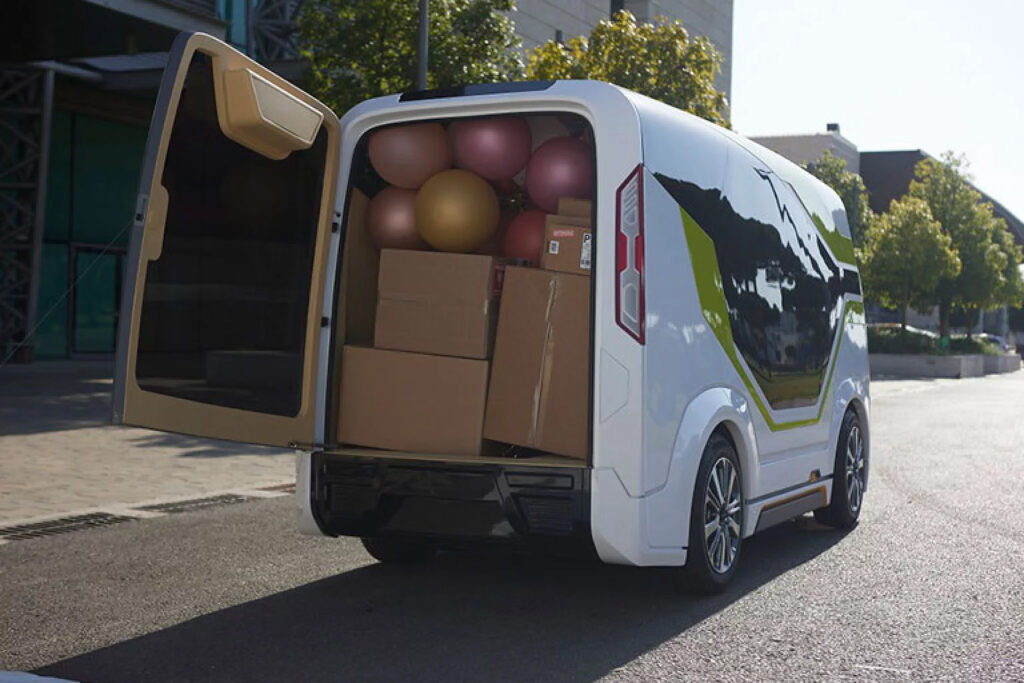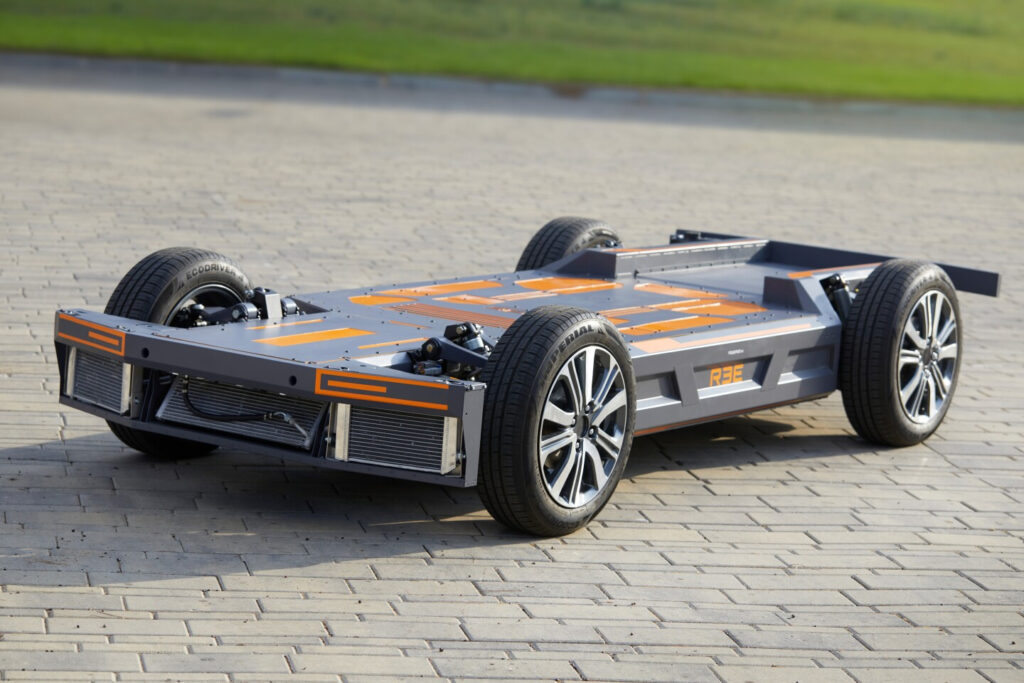Autonomous EV from REE Automotive Will Soon Be Doing Home Deliveries

Delivery services are not exactly a new trend. It is already popular before the pandemic started affecting almost everything. For one thing, delivery services are very convenient. With people’s lives getting busier, their daily routine becomes easier with their essentials delivered at their front doors.
As people started to patronize e-commerce sites, food delivery platforms, and other forms of delivery services because of the enforced stay-at-home policies, they realized how easy it is to get their favorite brands and products without leaving their homes. The rising popularity of delivery services stemmed from people realizing their efficiency and convenience.
Customers also started to realize that they can remain safe and healthy at home without missing out on necessities like hygiene products, food (raw and cooked), drinks, fruits, and even reading materials through delivery services. Likewise, businesses understood that they can continue their operations as delivery services can reach more customers. It became clear how important it is to offer local delivery services, which showed that they care and are willing to accommodate the needs of people who would rather stay at home than go out even if the health-related restrictions have eased. Of course, businesses also recognized that the demand for their products went further than their local communities, which means long-distance deliveries are also necessary.
Urban deliveries
For some time, urban delivery services using drones kept the media abuzz. And there were also talks about three-wheeled delivery vehicles that are suitable for last-mile deliveries to areas where the streets are too narrow for larger delivery vehicles.
Ground-based delivery vehicles
While drones are more effective in delivering various supplies to remote areas during emergencies instead of necessities, there is always a need for ground-based delivery services.
The latest development is the proposed autonomous delivery vehicle from REE Automotive. The company recently revealed its concept for its Leopard EV. The vehicle is based on the existing modular platform of REE. The Leopard EV will be a rear-wheel-drive vehicle that will use the modular platform as its base. The body will be purpose-built, which can be swapped on or off.
REE Automotive is a company from Israel, which will be opening its first U.S. headquarters in Austin, Texas, which will also be their first integration center outside Israel.

REE Automotive’s Leopard EV
The platform or the chassis of the Leopard, called the REEboard, holds the batteries for the EV. The chassis also contains the REEcorner units, located on each wheel. These units incorporate all the motor, steering, suspension, braking, and gearbox components of the vehicle. There is no direct mechanical connection between the units and the vehicle’s body. Instead, drive-by-wire technology installed on the body electronically controls the units.
Leopard’s size
The Leopard’s size is small. It measures 11.2 ft long by 4.6 ft wide (3.4 meters long by 1.4 m wide), with a cargo capacity of 180 cubic feet or five cubic meters. The vehicle’s gross weight rating is 2.2 tons. It can reach a top speed of 96.5 km/h (60 mph) on a 50-kWh battery. Leopard EV has a low, flat floor, allowing it to load more cargo.
However, the company will be manufacturing chassis for longer and wider vehicles soon. The concept car they revealed is the smallest.
Purpose
The Leopard EV is suitable for last-mile deliveries, loading items from a warehouse or central hub, and delivering them to customers’ homes. It can find its way around busy streets using GPS and sensors, including LiDAR modules installed onboard.
REE Automotive’s partners include Navya, EAVX of JB Poindexter, Magna International, and Hino, Toyota’s truck division. With its partners, REE Automotive says they plan to cater to the Mobility as a Service (MaaS) and autonomous delivery fleets. Navya is an autonomous solutions provider for goods and passenger transport. EAVX is a subsidiary of JB Poindexter that manufactures work truck bodies and accessories. Magna International and Hino manufacture vehicle bodies, parts, and accessories.
REE Automotive is not planning to manufacture vehicles. They will be supplying the flexible base, their REEboard, which can be configured to suit various needs.
The REE Leopard will be on display at the Consumer Electronics Show (CES) in January 2022 in Las Vegas.
REE executives revealed that they will start commercial production of their REEboard and REEcorners starting 2023.